
How to Create a Safe Sleep Environment
Having a baby is an amazing experience! You become a parent and start to experience all of the incredible things about raising a child. While it can be challenging, it is the most rewarding job out there! As a parent, there are so many decisions to make. Are you going to breastfeed or formula feed? Will you share a room? Will you co-sleep or use a bassinet or crib? And the list goes on and on. One decision that can be made easily is the environment that you create for your baby.
Creating a Safe Sleep Environment
Creating a safe sleep environment is essential. Just follow the American Academy of Pediatrics guidelines for safe sleep for infants through age 1 which reduce the risk of Sudden Infant Death Syndrome (SIDS), suffocation or entrapment. It’s easy to turn a blind eye and think this could never happen to you, but it can! There are thousands of baby sleep products that are not safe for sleep but are advertised to make parents believe they are!
Important Facts You Need To Know for Safe Sleep
Familiarizing yourself with these will help to keep your baby safe and will give you a piece of mind:
- Sleep on back
-
-
- Place your baby on her back for naps and overnight. Practice tummy time during the day when your child is awake to strengthen her neck and shoulder muscles. This will help her learn to roll over from back to belly and belly to back. Once she can do that one her own, it is safe to leave her to sleep on her belly if she rolls on her own during sleep!
-
- Independent sleep space
-
-
- Your baby should have her own sleep space with a firm mattress and a tight-fitting sheet. Crib bumpers, blankets, loose bedding, toys, or clothing should not be placed in your baby’s sleep environment. The AAP recommends waiting until age 1 to introduce a stuffed animal, pillow or blanket in your child's sleep space.
-
Pacifiers
- Offering your baby a pacifier can reduce the risk of SIDS. Some babies are not interested or take to the pacifier so don’t feel like you have to push it too hard!
-
- Room share
-
- The AAP does not recommend bed sharing, but does recommend room sharing for at least 6 months. I recommend a bassinet, mini crib or pack and play which allow your baby to be near you as they sleep, but not sharing the same sleeping space.
-
Room Temperature
- All of us sleep better in cooler temperatures. Make sure to dress your baby in breathable clothing for sleep which will help prevent overheating. To check your baby’s temperature, place two fingers down the back of her neck. If she is at an ideal temperature ,her skin should feel warm and dry. The ideal temperature for sleep is between 68-72 degrees fahrenheit. Do not go off of the monitor temperature, usually those are placed on high surfaces and read warmer as heat rises.
Try to remember the ABC’s of sleep - Alone, Back and in Crib. Place your baby in their crib alone, on their back! If you need help with assessing your child's sleep space or have any sleep questions, please reach out to me, molly@sleepshore.com
Ready to work with an expert to get your baby on a solid schedule? Want to get your newborn, infant, toddler or school-age child sleeping an extra hour? Perhaps the goal is your child sleeping the entire night?
Head over to Sleep Shore to select the sleep package that suits you and your family. Be sure to subscribe to our emails so you are getting sleep tips delivered straight to your inbox!
Follow us here:
Instagram: @sleep.shore
Facebook: https://www.facebook.com/sleepshore







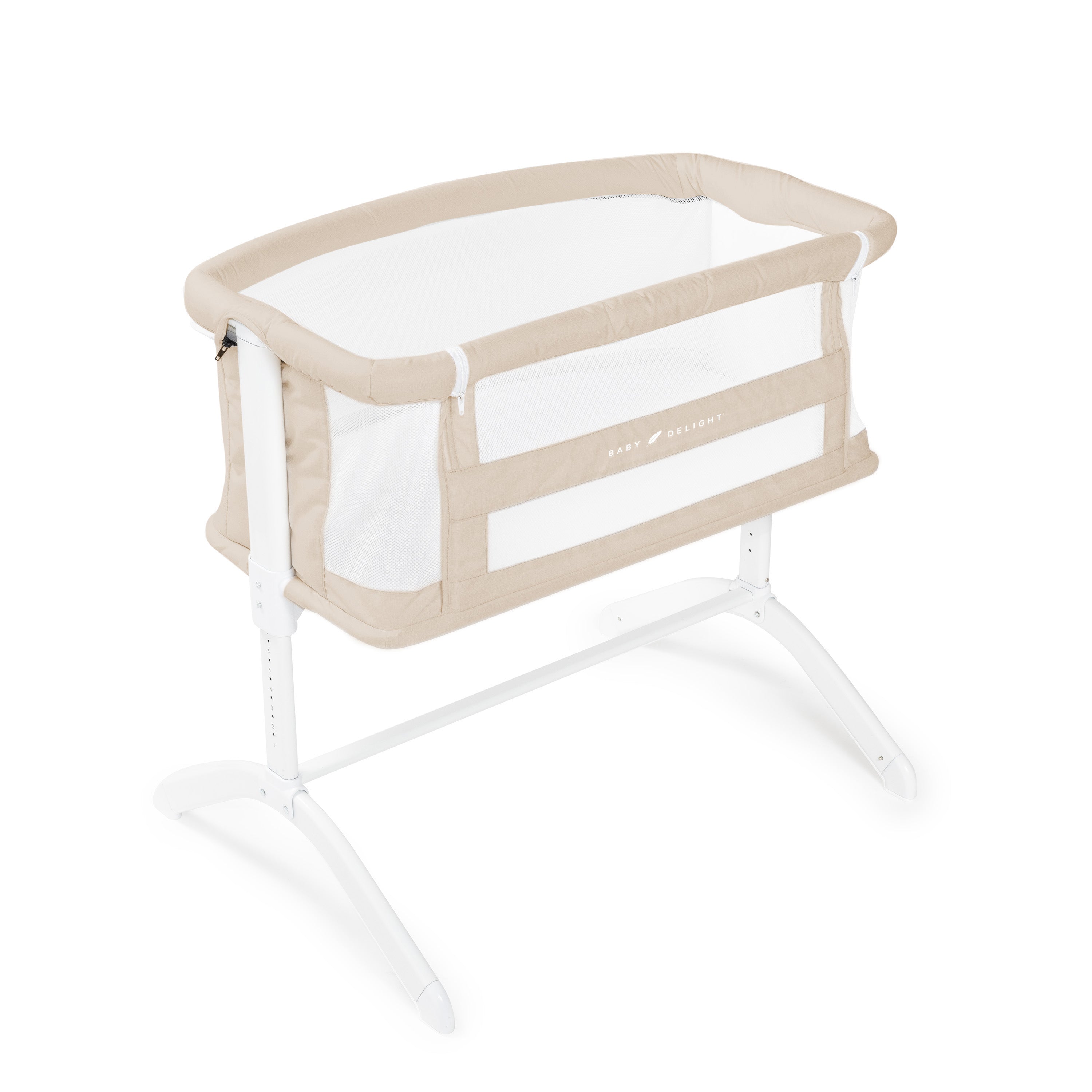








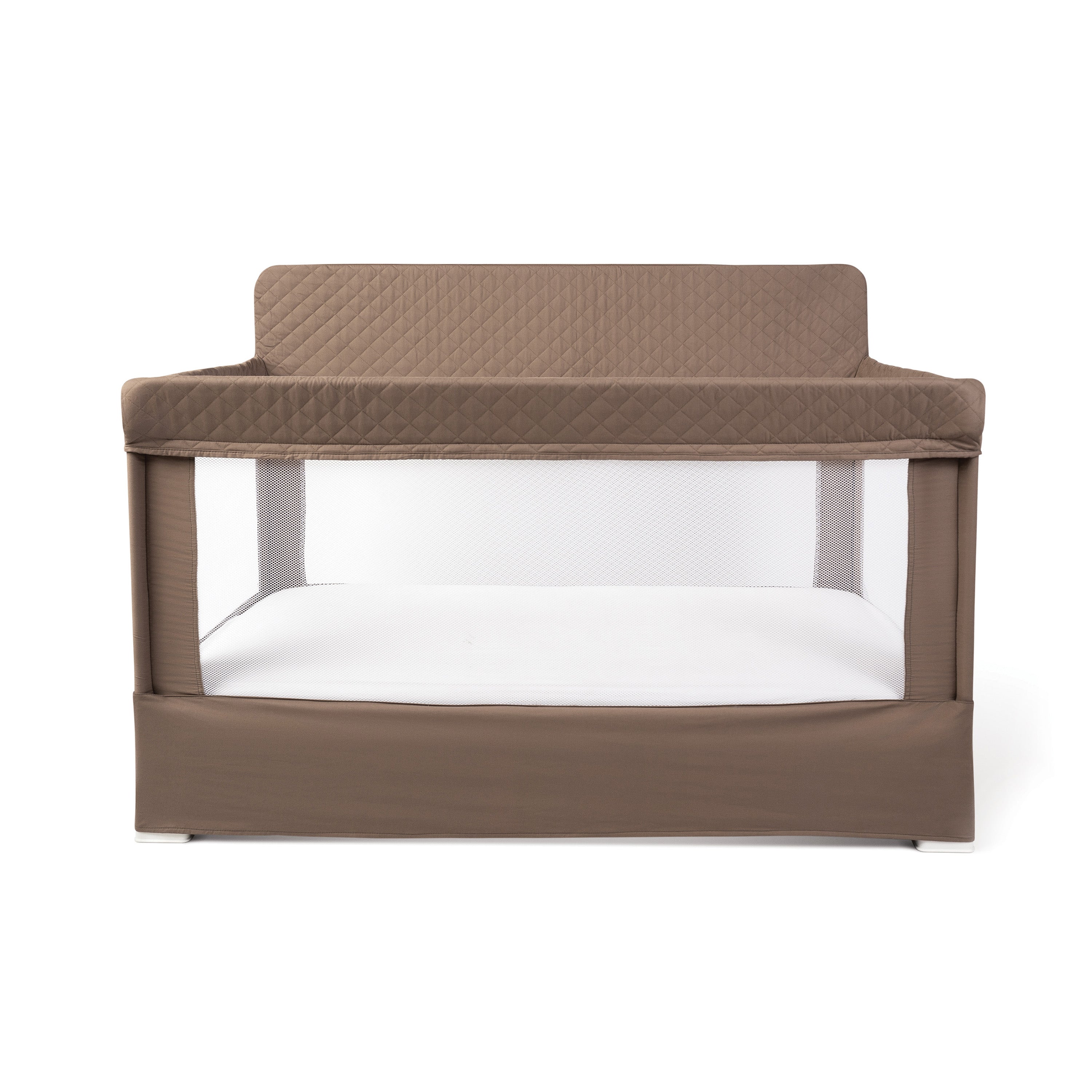



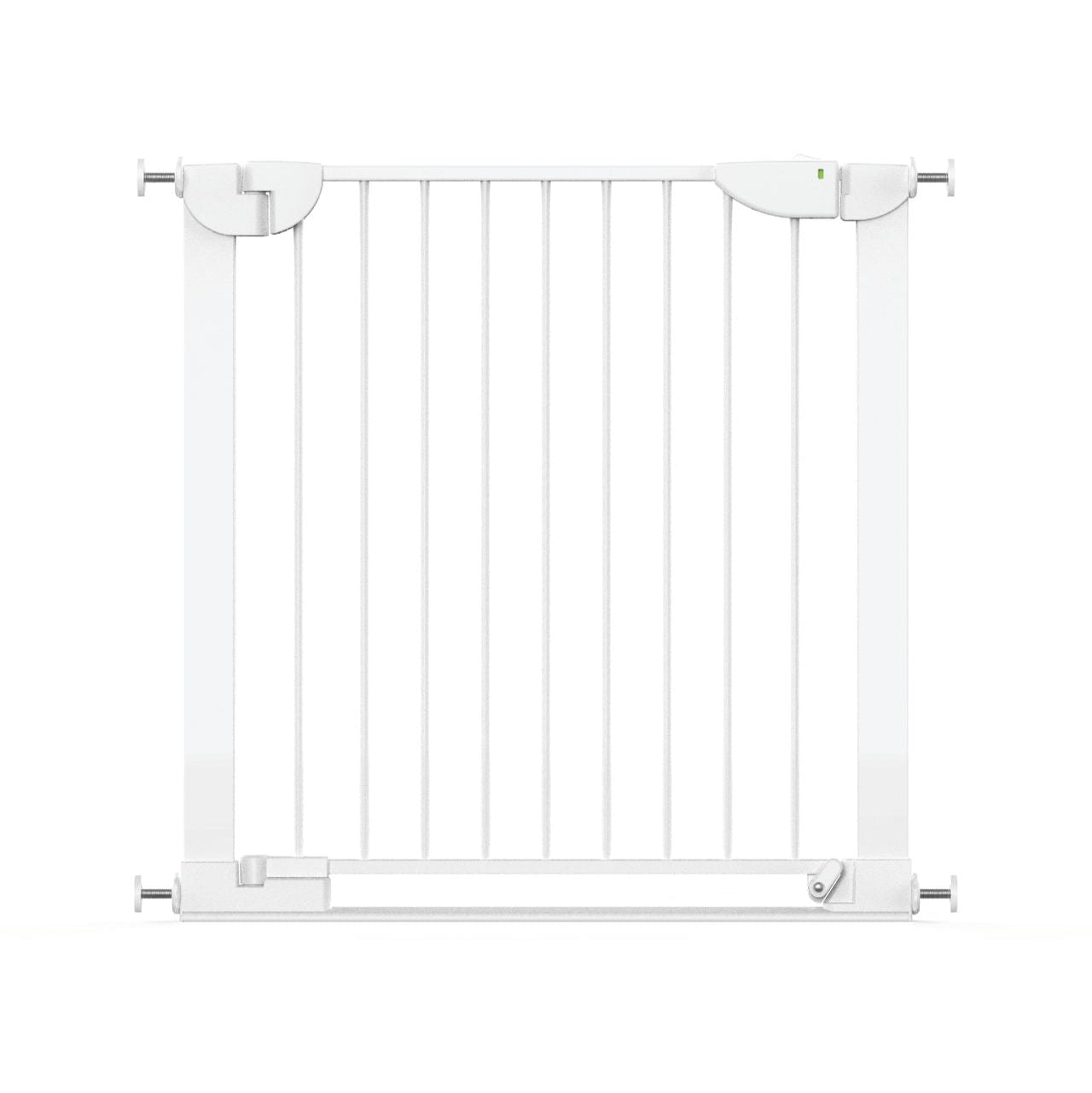













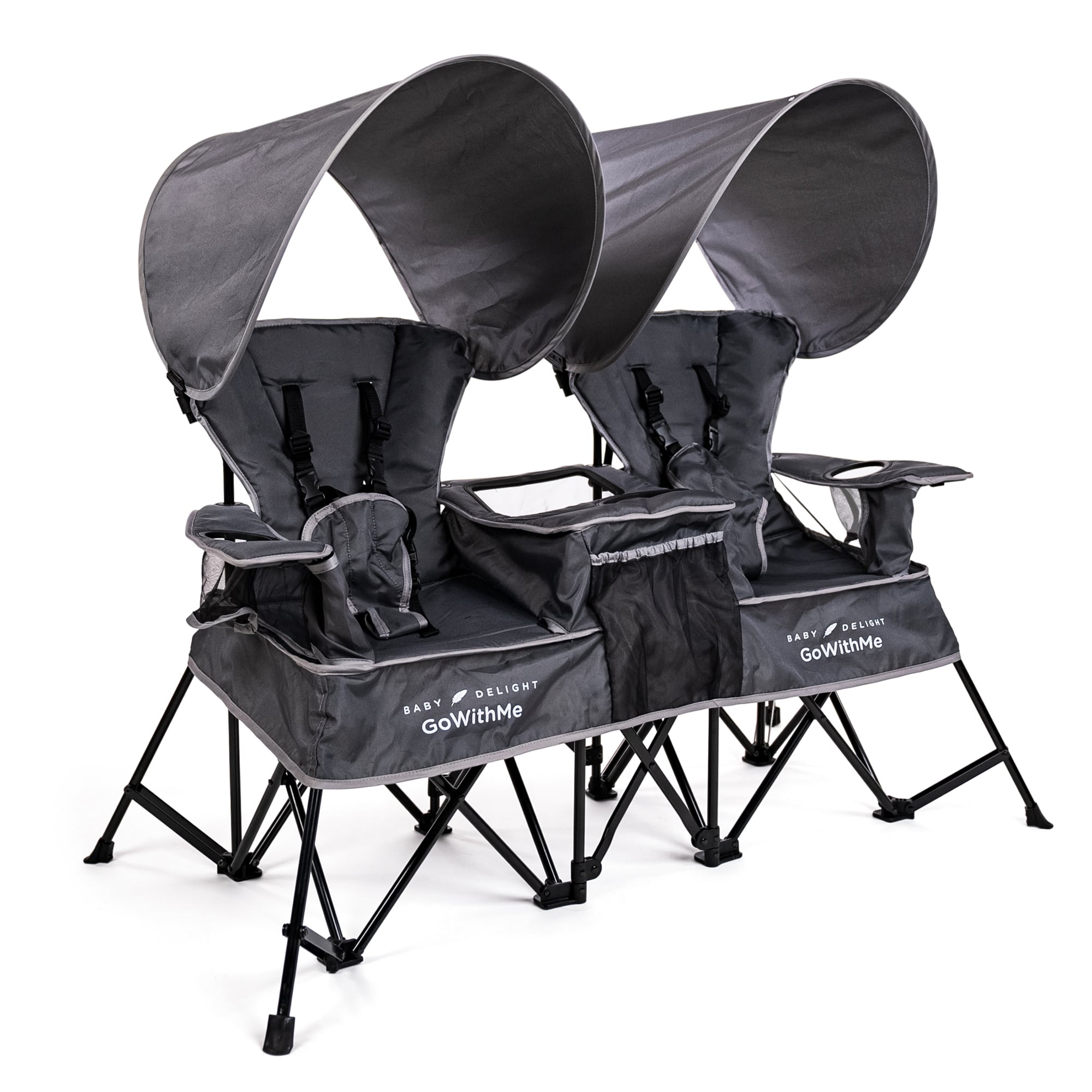






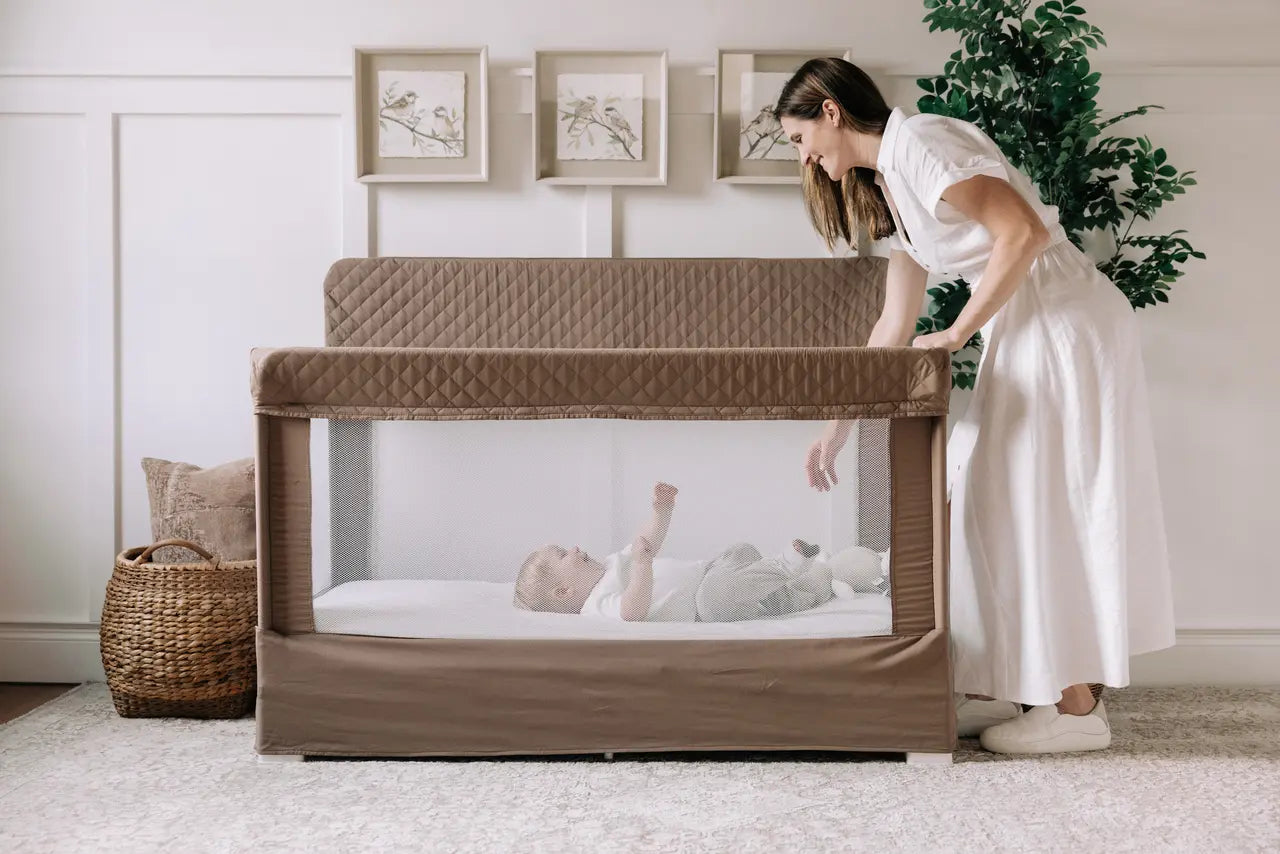
Leave a comment
This site is protected by hCaptcha and the hCaptcha Privacy Policy and Terms of Service apply.